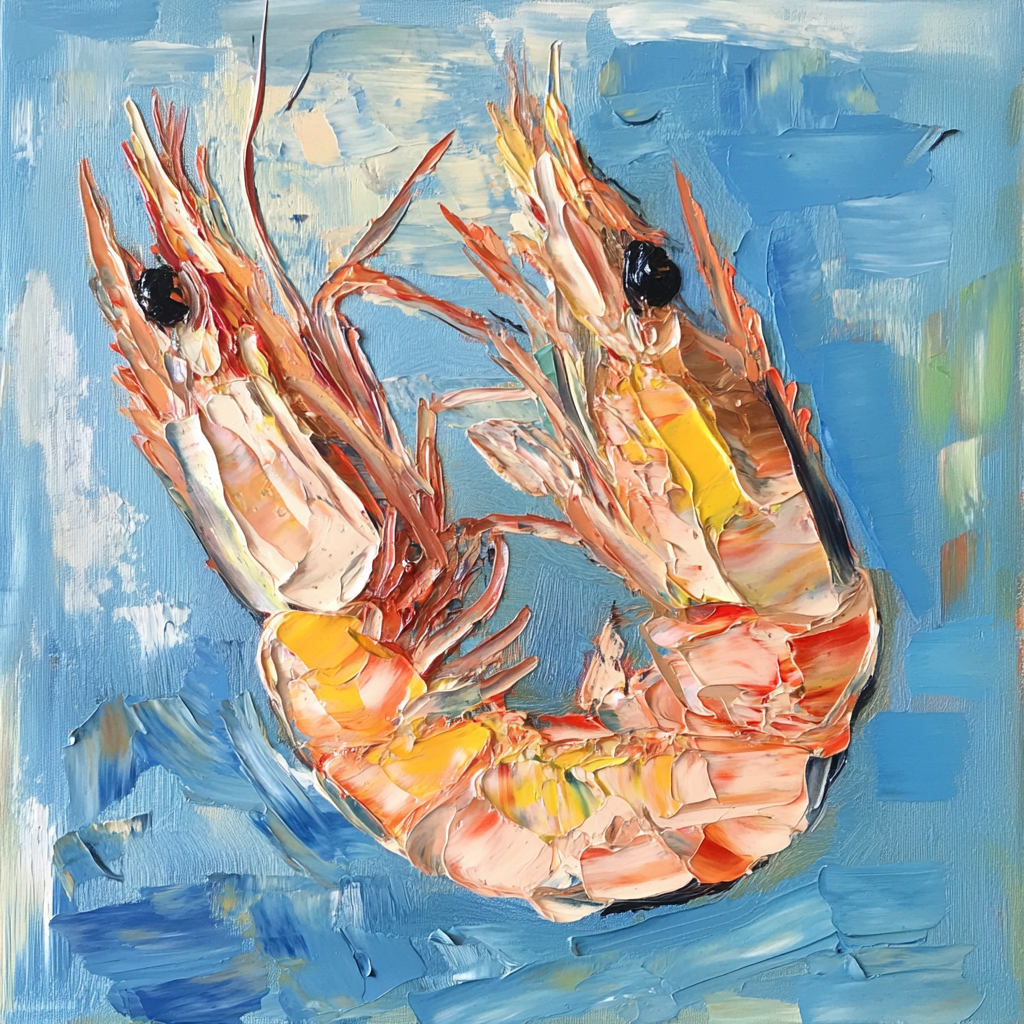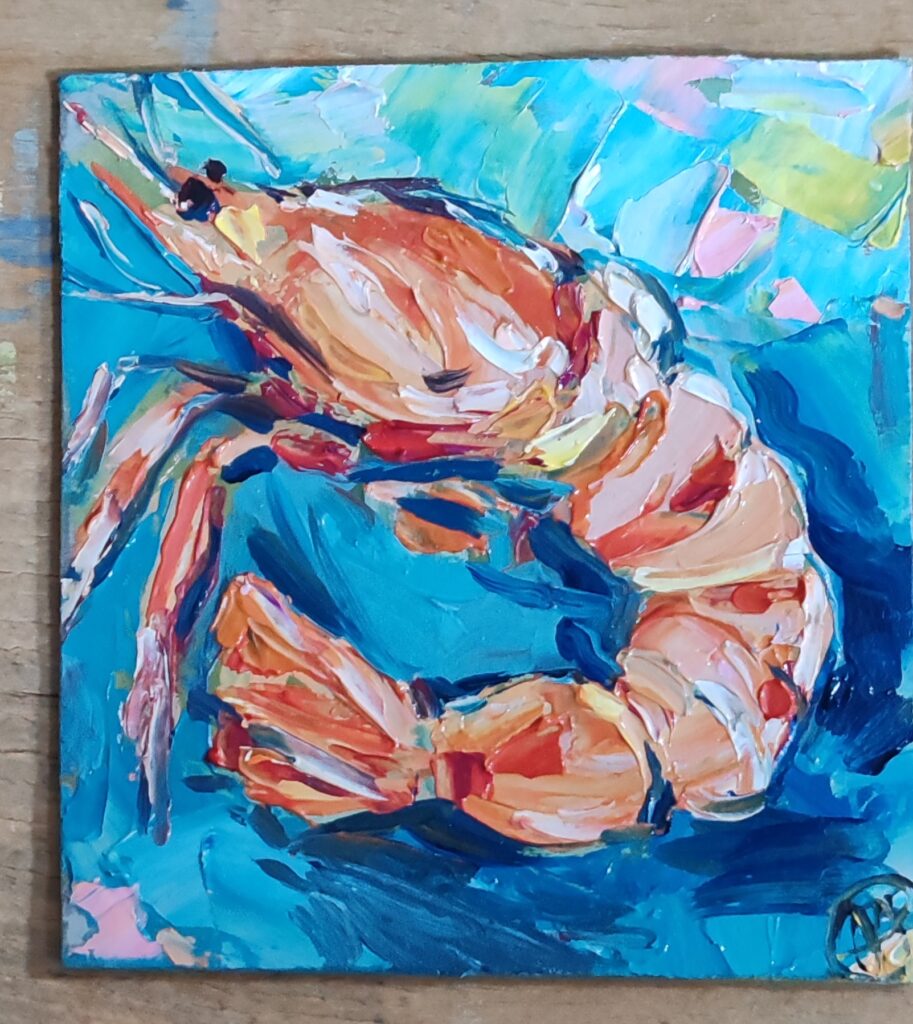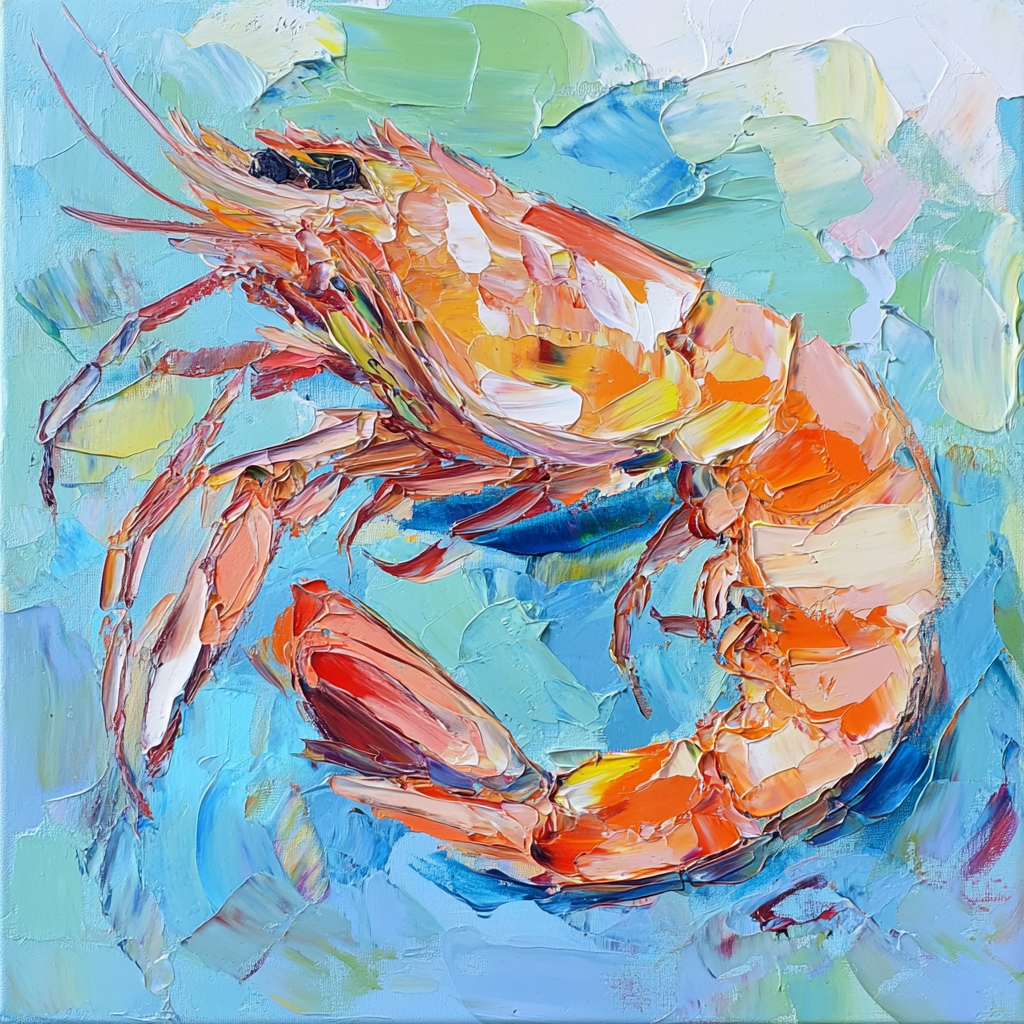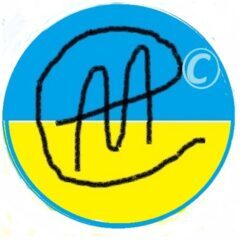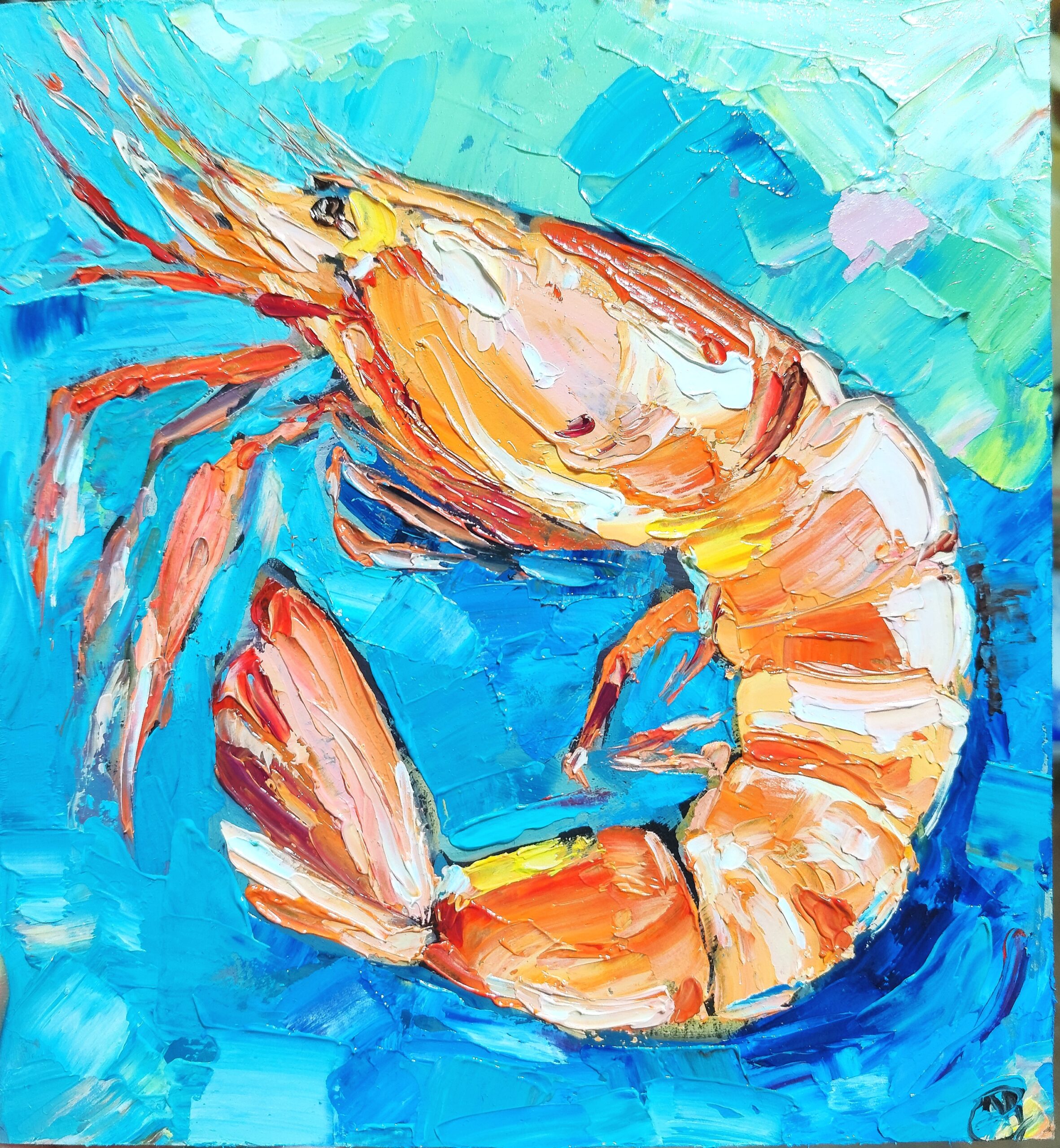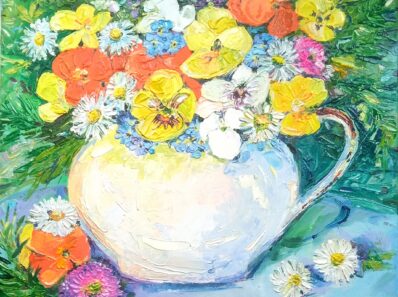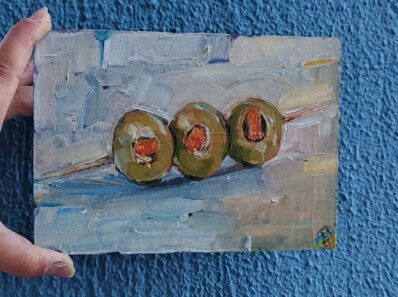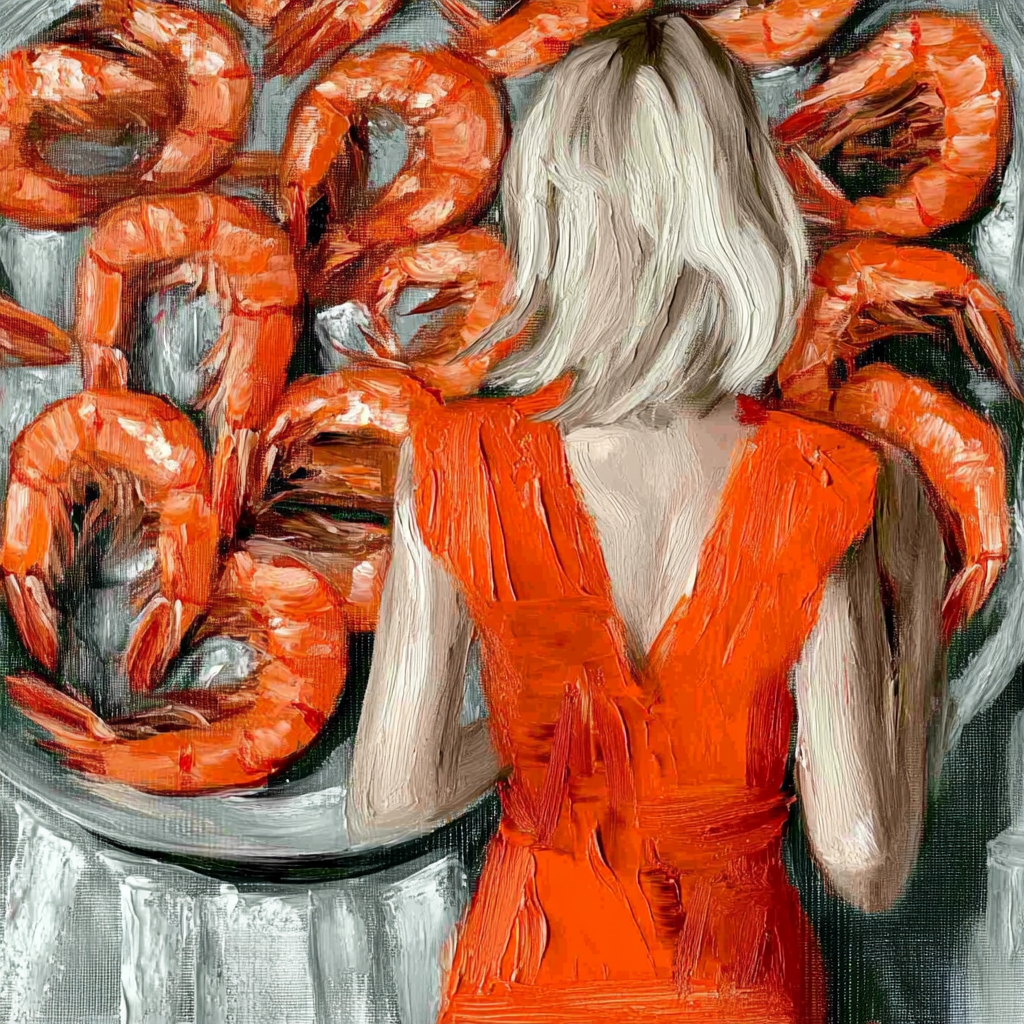
Art has always evolved alongside technology, from the invention of oil paints to the rise of digital art. Now, we stand at the dawn of a new era where artificial intelligence (AI) plays a significant role in artistic creation. Some see AI as a threat, others as an opportunity, but one thing is certain—its influence on art is undeniable.
The Debate: Art, AI, and Ethical Boundaries
AI-generated art sparks intense discussions. Many artists and collectors question its authenticity, while some embrace it as an innovative tool. The biggest concern? The fine line between creative assistance and fraud. Selling AI-generated artworks that an artist cannot replicate, presenting them as handmade originals, is misleading. However, when used ethically, AI becomes a powerful collaborator—helping artists refine ideas, explore new styles, and accelerate the creative process.
AI as a Partner, Not a Replacement
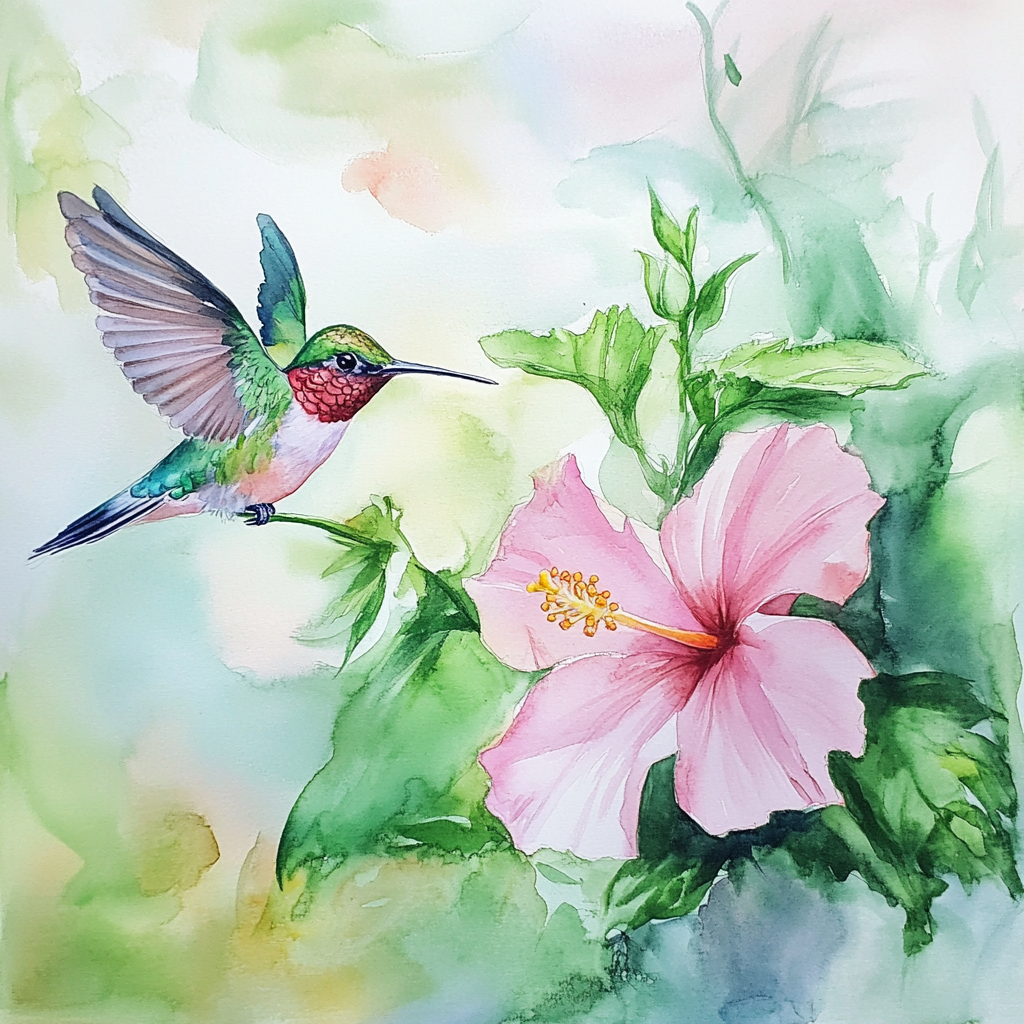
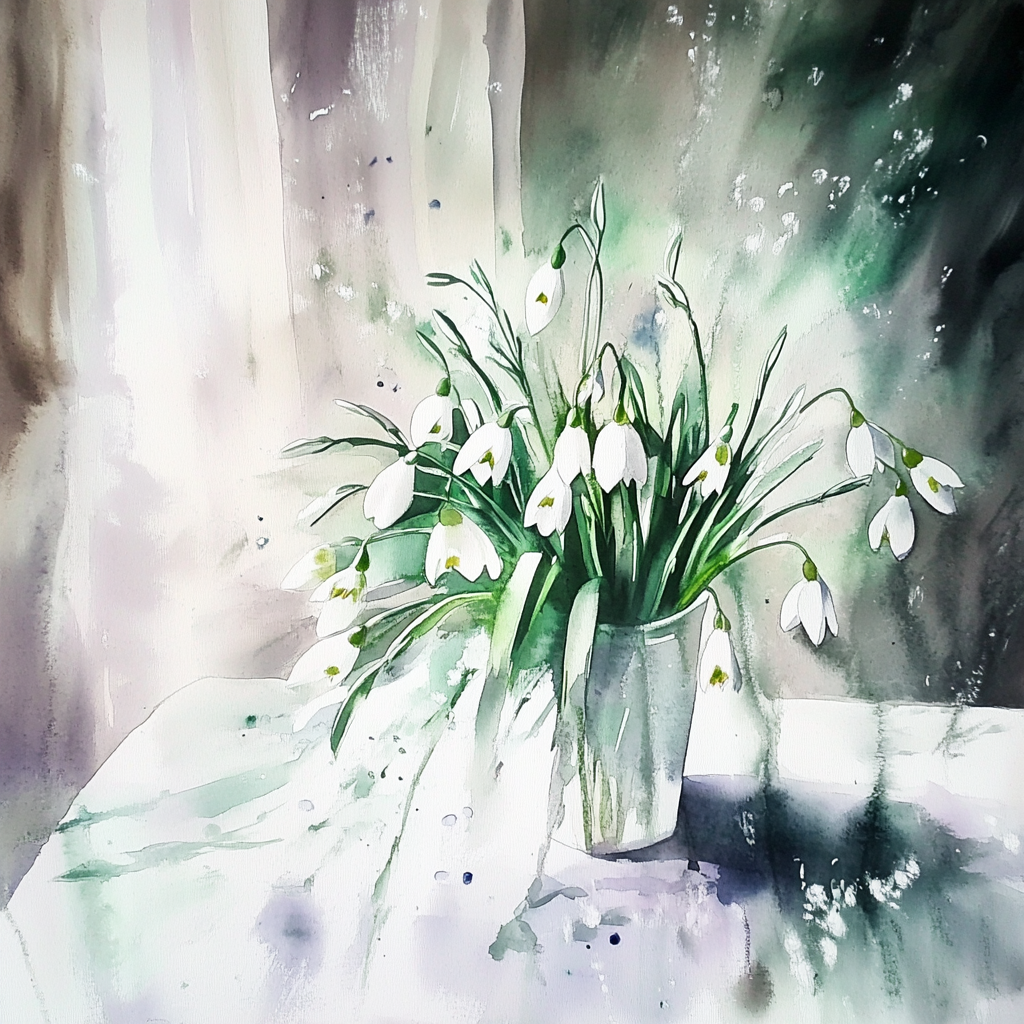
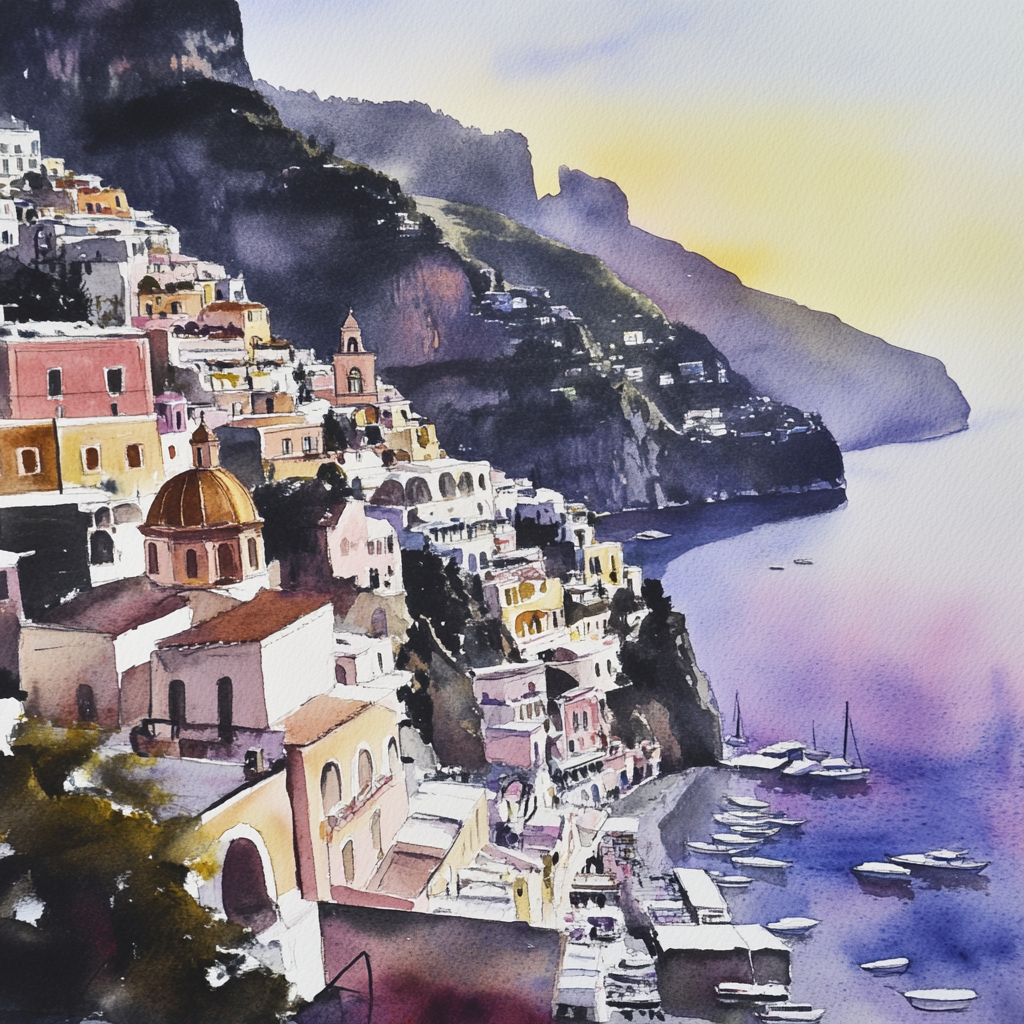
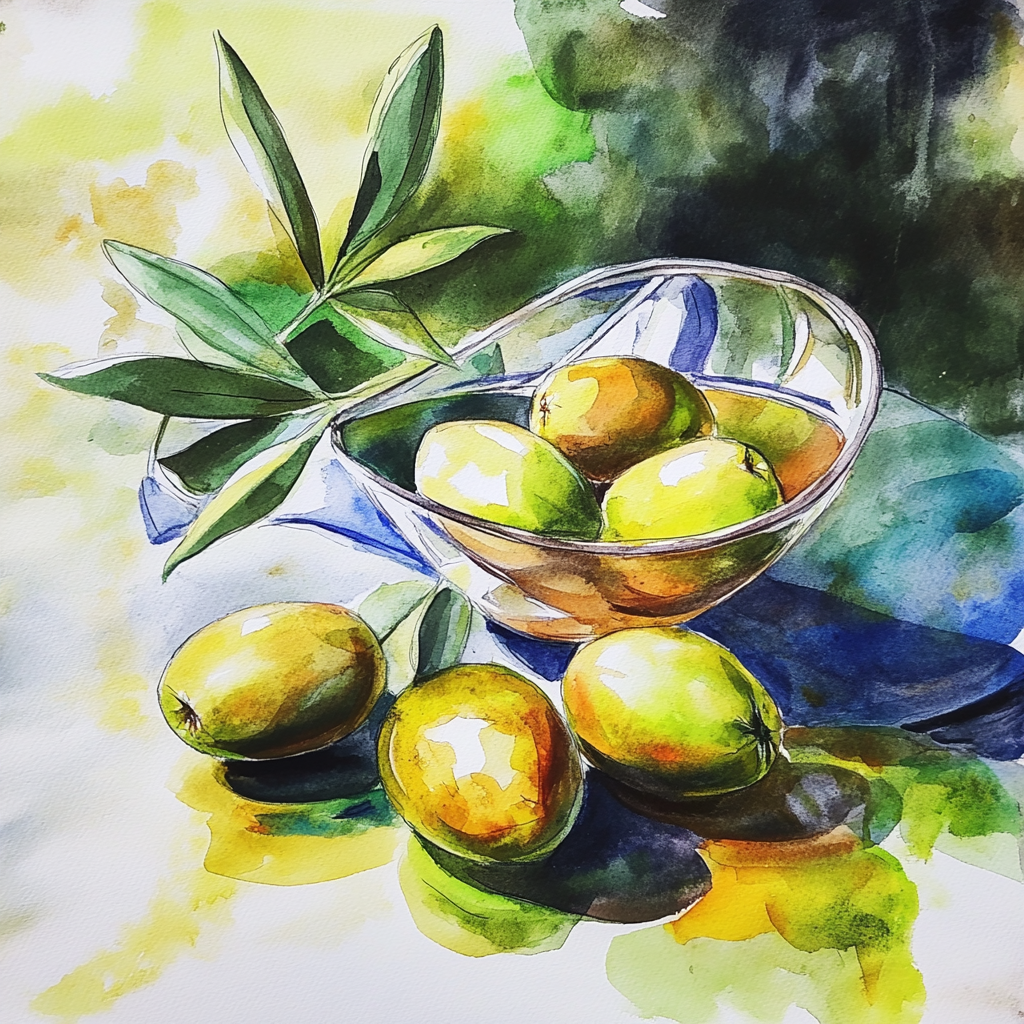
Imagine having a wizard by your side—one who doesn’t replace your creativity but enhances it. AI can generate compositions, suggest color schemes, and help visualize concepts faster. Instead of spending hours sketching an idea from scratch, an artist can use AI to draft variations, refine them, and transform them into a final, hand-painted masterpiece. It saves time and allows for experimentation that might not have been possible otherwise.
The key to successful collaboration with AI lies in the artist’s vision and input. The ability to craft the right prompts, refine AI-generated ideas, and add a personal touch makes the difference between a soulless digital output and a meaningful artistic creation. AI does not have human intuition, emotions, or a unique artistic voice—those still belong to the artist.

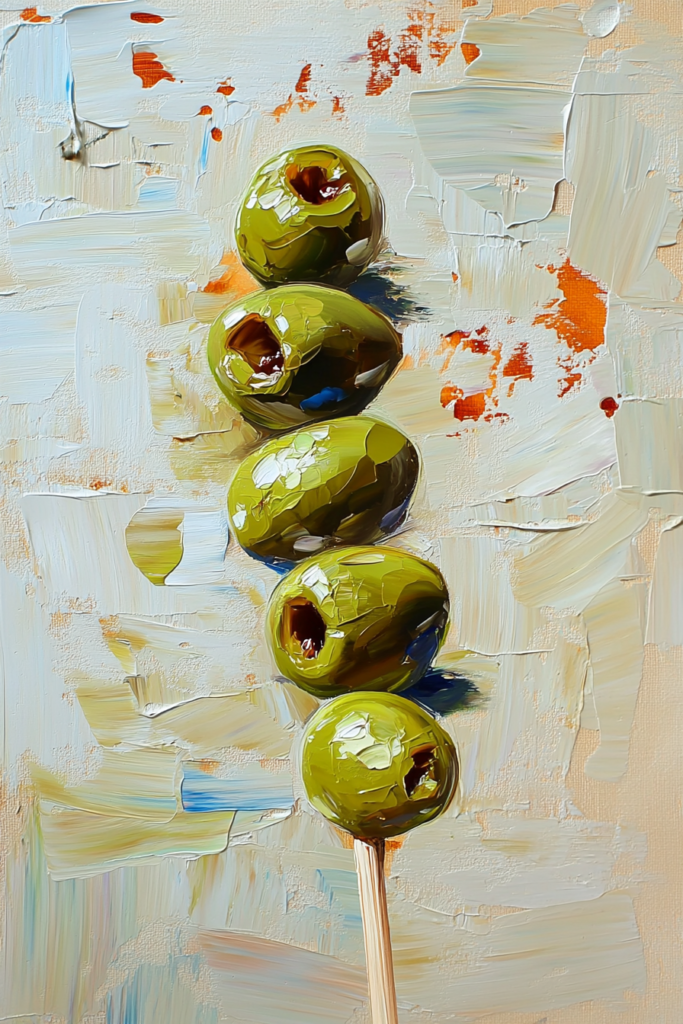
AI in My Creative Process
In my own work, AI serves as an assistant, not a creator. It helps me brainstorm compositions, explore unusual perspectives, and develop fresh ideas. But the final execution, the brushstrokes, and the emotions infused into the artwork remain uniquely mine.
Illustrations of my paintings can be placed here to showcase the final results of AI-assisted inspiration versus traditional hand-painted works. Additionally, I can include AI-generated concept images to highlight how AI serves as a brainstorming tool rather than a finished product.
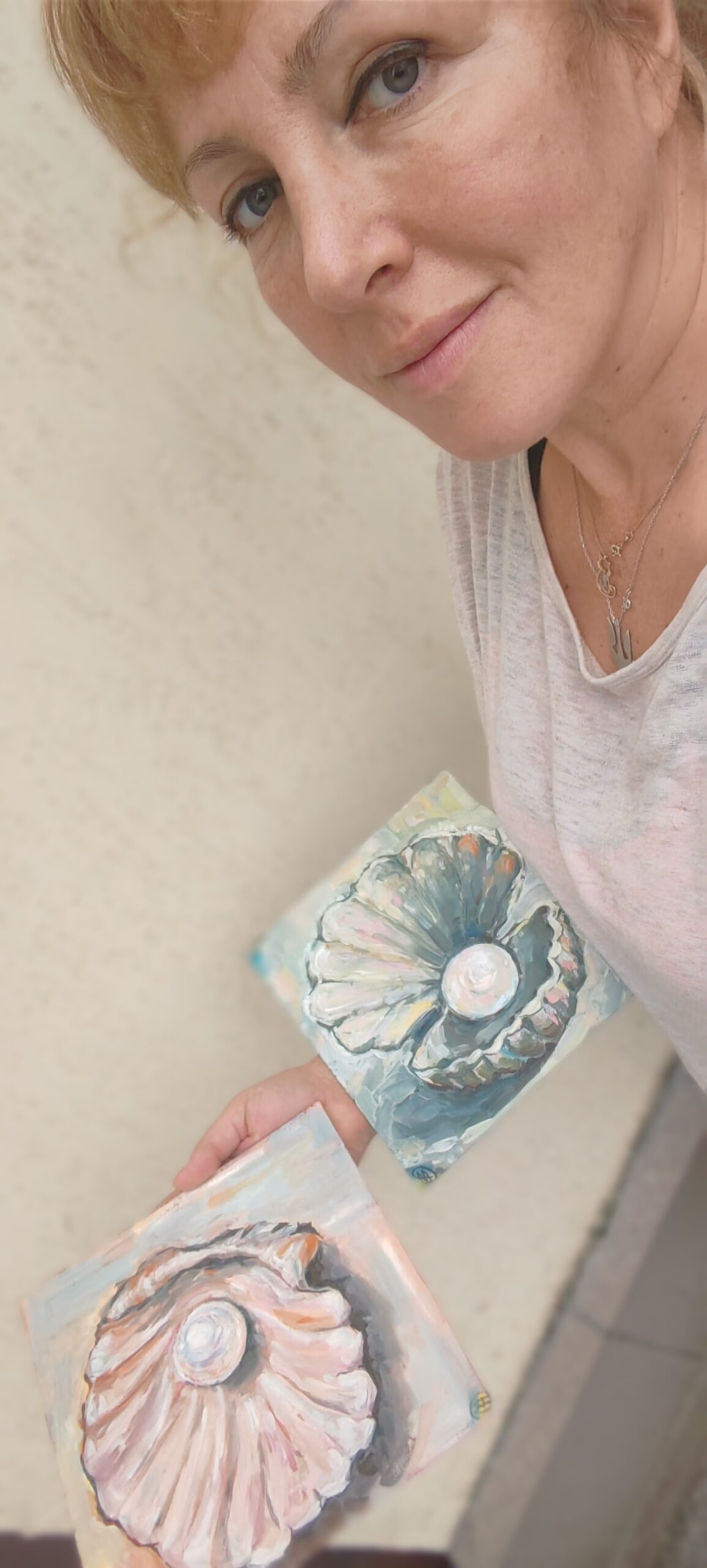
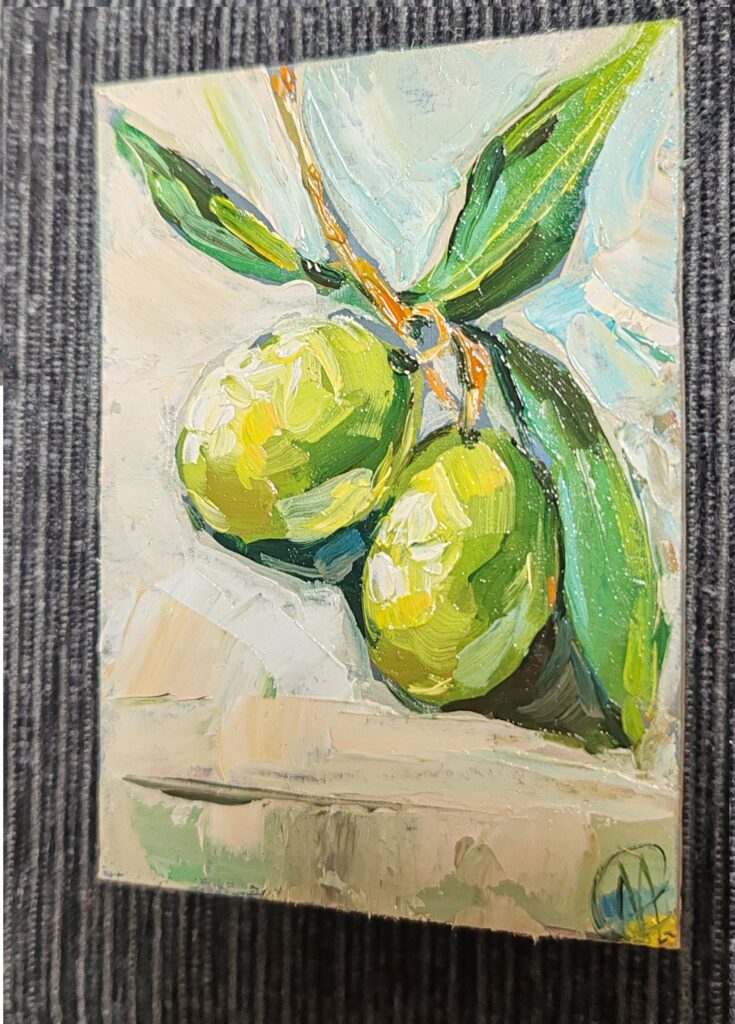
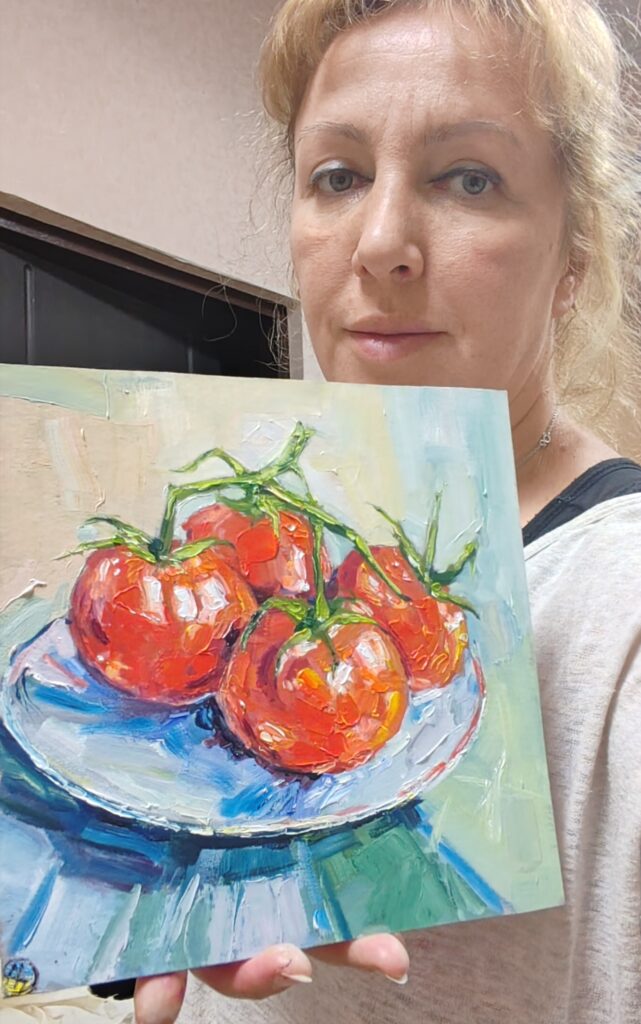
The Future of Art: A Balanced Approach
AI is neither inherently good nor bad—it is a tool, just like a camera or a digital pen. Its impact depends on how we choose to use it. Some may exploit it for quick profits, but those who understand its potential will find new ways to innovate. The future of art lies in a balanced approach—where human creativity and AI intelligence work together to push artistic boundaries.
For those open to collaboration, AI can be a magic wand—or even better, a wizard at your side—turning imagination into reality in ways we never thought possible.
